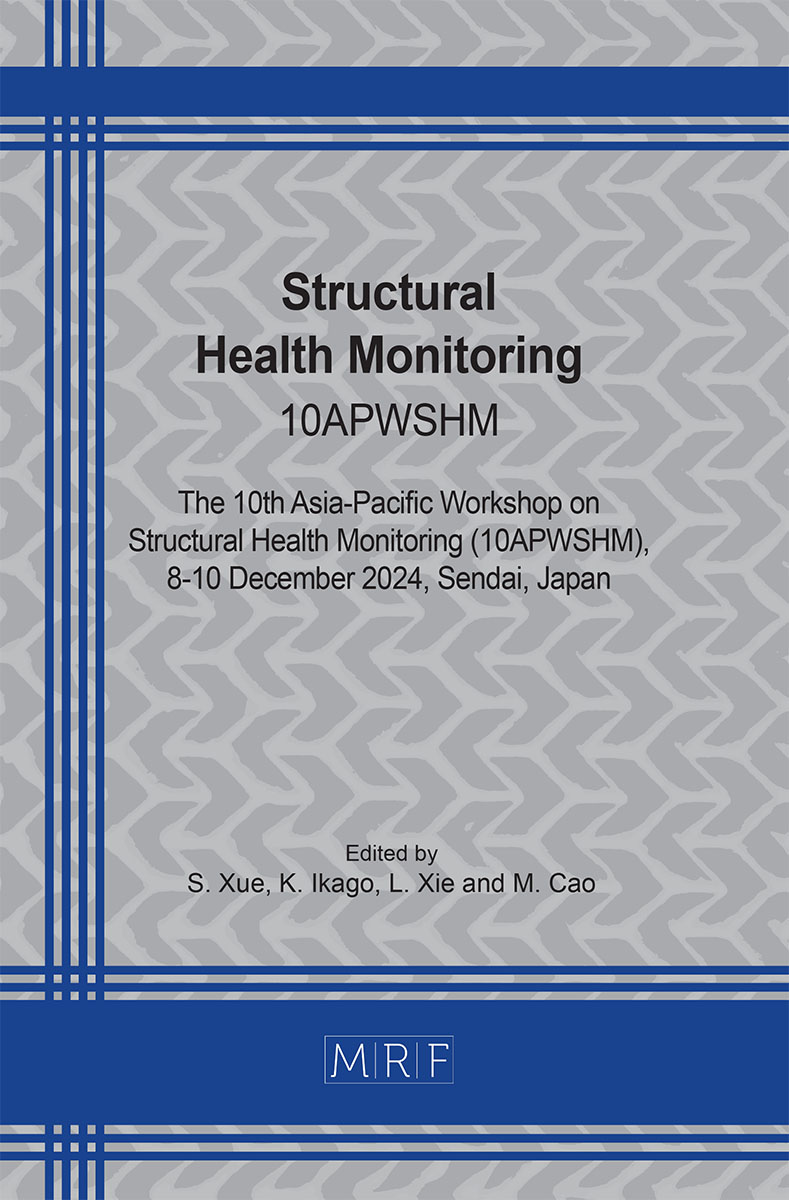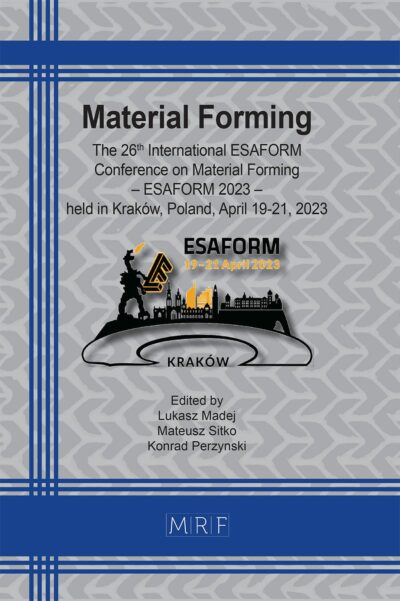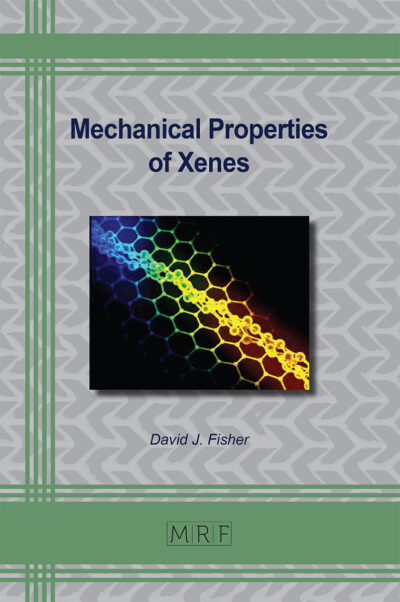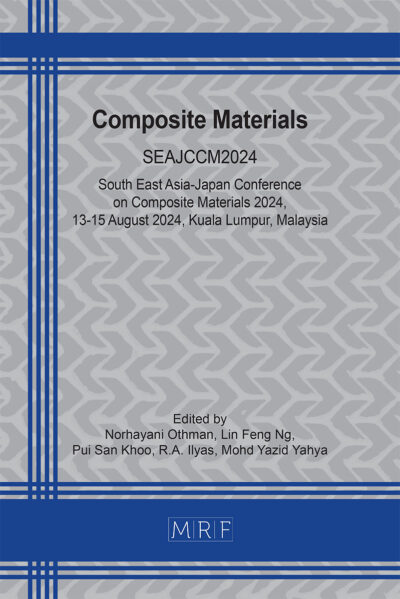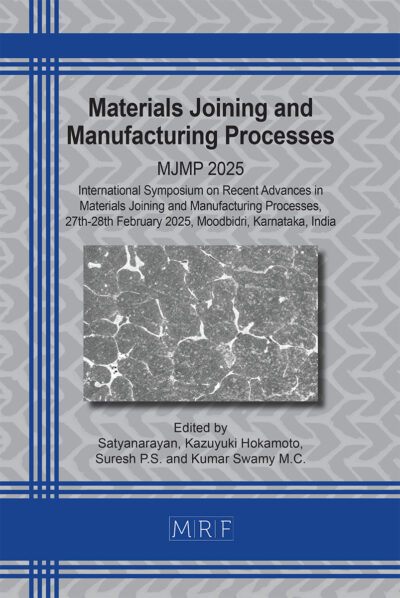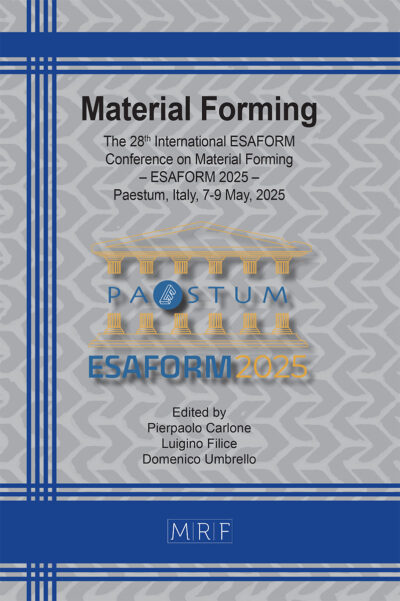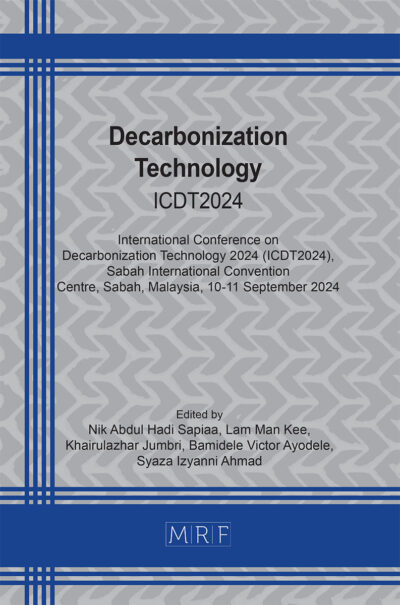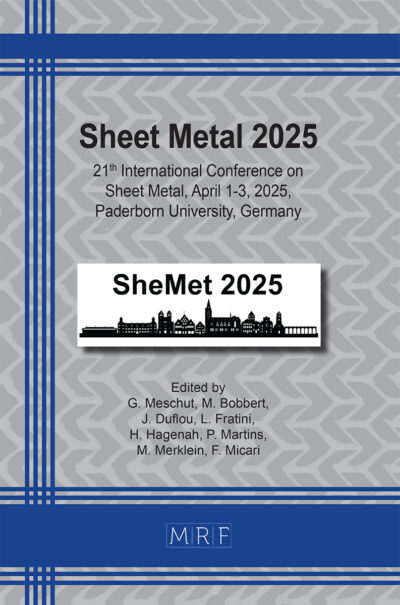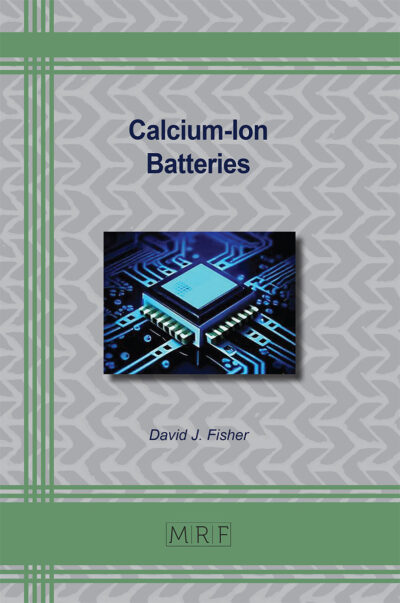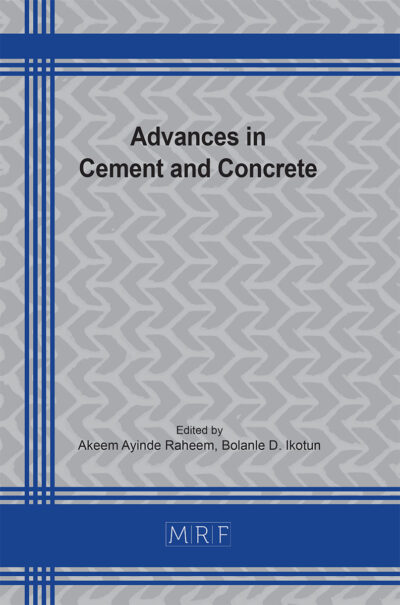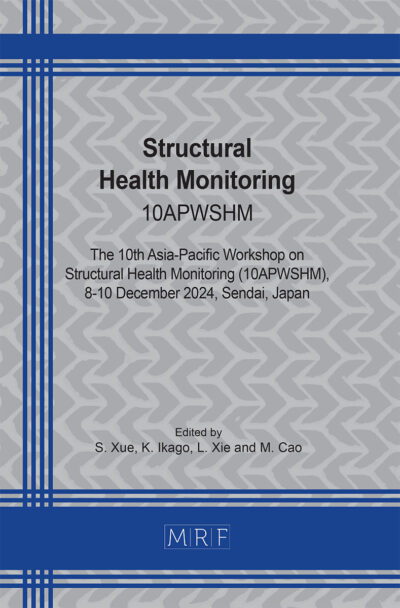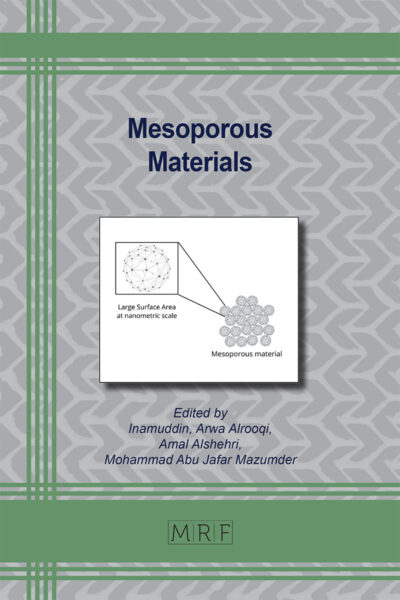Analysis of the mechanical properties of surrounding rock in large span tunnel with variable cross-section under different excavation methods
Changze Li, Dongming Zhang, Yuxuan Xia
Abstract. In order to explore the impact of variable cross-section tunnel excavation on the surrounding rock, this paper takes the pump room section of the second Qingdao Jiaozhou Bay submarine tunnel as the engineering background. Using the FLAC3D finite difference software, a three-dimensional numerical simulation of the entire excavation and support process for variable cross-section tunnels with different excavation methods was conducted. The displacement field, stress field, and the variation in the forces acting on the support structure were analyzed to select a reasonable excavation method. The results show that adopting the distribution expansion excavation method combined with a three-step excavation method for large span variable cross-section tunnels can effectively control stress concentration and deformation. Compared with the direct use of the step-by-step excavation method, both the surrounding rock deformation and the force on the support structure are smaller. This study provides theoretical support and guidance for the construction design of large-span variable cross-section tunnels.
Keywords
Variable Cross-Section Tunnel, Numerical Simulation, Distribution Expansion Excavation, Step-By-Step Excavation
Published online 3/25/2025, 8 pages
Copyright © 2025 by the author(s)
Published under license by Materials Research Forum LLC., Millersville PA, USA
Citation: Changze Li, Dongming Zhang, Yuxuan Xia, Analysis of the mechanical properties of surrounding rock in large span tunnel with variable cross-section under different excavation methods, Materials Research Proceedings, Vol. 50, pp 147-154, 2025
DOI: https://doi.org/10.21741/9781644903513-18
The article was published as article 18 of the book Structural Health Monitoring
![]() Content from this work may be used under the terms of the Creative Commons Attribution 3.0 license. Any further distribution of this work must maintain attribution to the author(s) and the title of the work, journal citation and DOI.
Content from this work may be used under the terms of the Creative Commons Attribution 3.0 license. Any further distribution of this work must maintain attribution to the author(s) and the title of the work, journal citation and DOI.
References
[1] He Minghua. Analysis of the Impact of Boring a Varied-Section Tunnel Underground Passage. Railway Construction Technology, 2019.
[2] Fang Gang, Ding Chunlin, Jia Runzhi, Wu Chao. Analysis of Construction Mechanical Properties of a Large-span Varied-section Tunnel Excavation. Modern Tunneling Technology, 2018.
[3] Li Tao, Wang Yibo, Yu Zhiwei, Liu Bo. Prediction of Surface Soil Movement and Settlement in Varied-section Tunnel Excavation. Journal of Central South University (Natural Science Edition), 2020.
[4] Itasca Consulting Group. (2019). FLAC3D Manual. Minneapolis: Itasca.
[5] Potts, D. M., & Zdravković, L. (2001). Finite Element Analysis in Geotechnical Engineering: Theory and Application. Thomas Telford Publishing. https://doi.org/10.1680/feaigea.27831
[6] Cundall, P. A. (2000). Numerical modeling of jointed and faulted rock. International Journal of Rock Mechanics and Mining Sciences, 37(1-2), 165-187.
[7] Hou Chaojiong, Gou Panfeng. Research on the Mechanism of Strengthening Rock Mass by Anchored Bolts in Roadway Support[J]. Acta Geotechnica et Engineering Geophysica, 2000(03):342-345.
[8] He Xiangang, Bi Ran. Numerical Analysis of Mechanical Properties of Continuous Super-ahead Pipe Shielding Support in Fully Weathered Granite Tunnel[J]. Journal of Highway Engineering, 2019, 44(03):216-221+252.
[9] Zhu Zhengguo, Li Wenjiang, Song Yuxiang. 3D Numerical Simulation Analysis of Super Large-span Railway Station Tunnel[J]. Rock and Soil Mechanics, 2008, 29(S1):277-282. https://doi.org/10.16285/j.rsm.2008.s1.036

